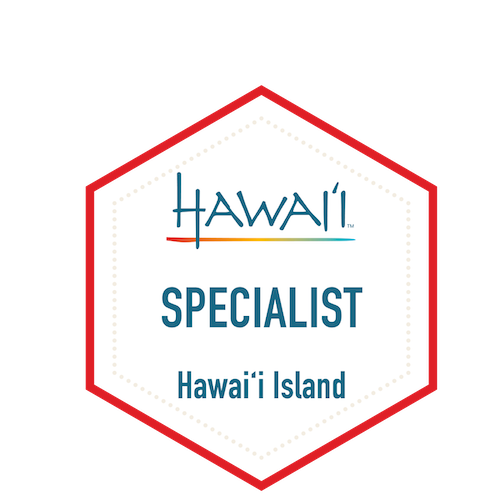Quick Facts:
- The island of Hawaii is often simply called “The Big Island” to avoid confusion with the state as whole. “Pele” (the name of one of the goddesses) is also one of the Big Island’s nicknames.
- The Big Island is still growing, due to the active volcano Kilauea.
- Tourism is a significant industry on the Big Island, and so is agriculture: especially Kona coffee (so good!), macadamia nuts, fruits and tropical flowers.
- Hawaii is the only U.S. state that grows coffee.
- NELHA (Natural Energy Laboratory of Hawaii Authority), a state developed site, is a green economic development ocean science and technology park on the island’s west side. It provides resources for energy and ocean-related research, education, and commercial activities in an environmentally sound and culturally sensitive manner.
Natural Features
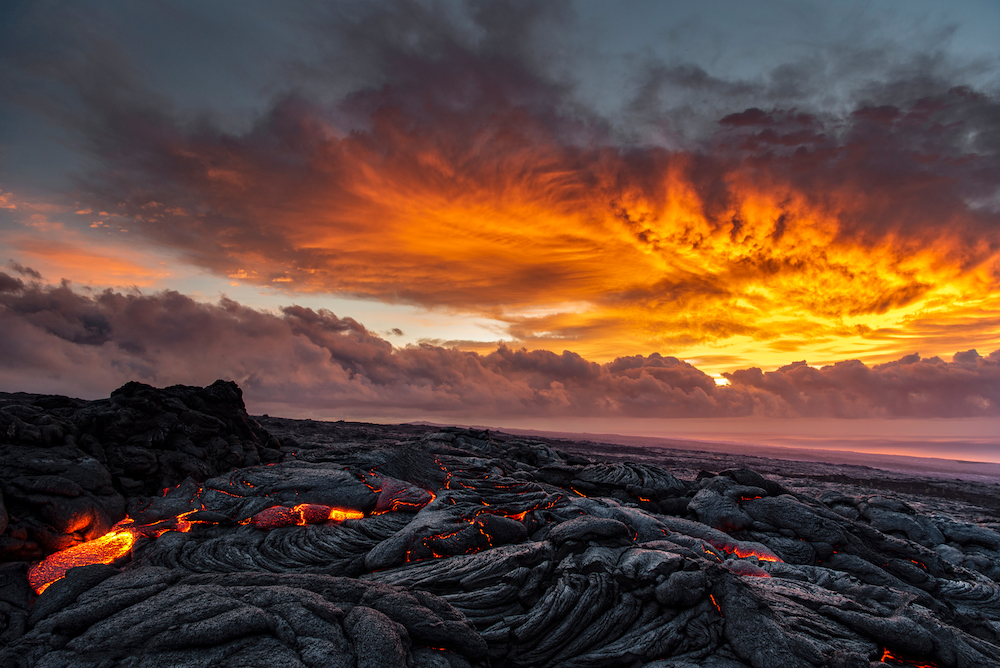
Did You Know 𝐻𝒶𝓌𝒶𝒾𝒾 still has 𝐚𝐜𝐭𝐢𝐯𝐞 𝐯𝐨𝐥𝐜𝐚𝐧𝐨𝐞𝐬?
Active 𝐊𝐢𝐥𝐚𝐮𝐞𝐚 produces enough lava per day to resurface a twenty-mile long, two-lane road. Legend has it that people who take volcanic rock from the slopes of 𝗠𝗮𝘂𝗻𝗮 𝗟𝗼𝗮 or 𝗞𝗶𝗹𝗮𝘂𝗲𝗮 have suffered misfortunes due to the wrath of the god Pele. In any case, it is illegal to take rocks or other material from a 𝓃𝒶𝓉𝒾𝑜𝓃𝒶𝓁 𝓅𝒶𝓇𝓀.
Curious Fact: The 𝐇𝐚𝐰𝐚𝐢𝐢 𝐕𝐨𝐥𝐜𝐚𝐧𝐨𝐞𝐬 𝐍𝐚𝐭𝐢𝐨𝐧𝐚𝐥 𝐏𝐚𝐫𝐤 reports that visitors often return their rock souvenirs by mail with no return addresses.
The island has five major peaks, including dormant Mauna Kea; active Hualalai, Mauna Loa and Kilauea; and the extinct Kohala Volcano. The summits of the islands five volcanoes are revered as sacred mountains. Mauna Kea’s summit, being the highest, is the most sacred.
Transportation
Getting to the Big Island
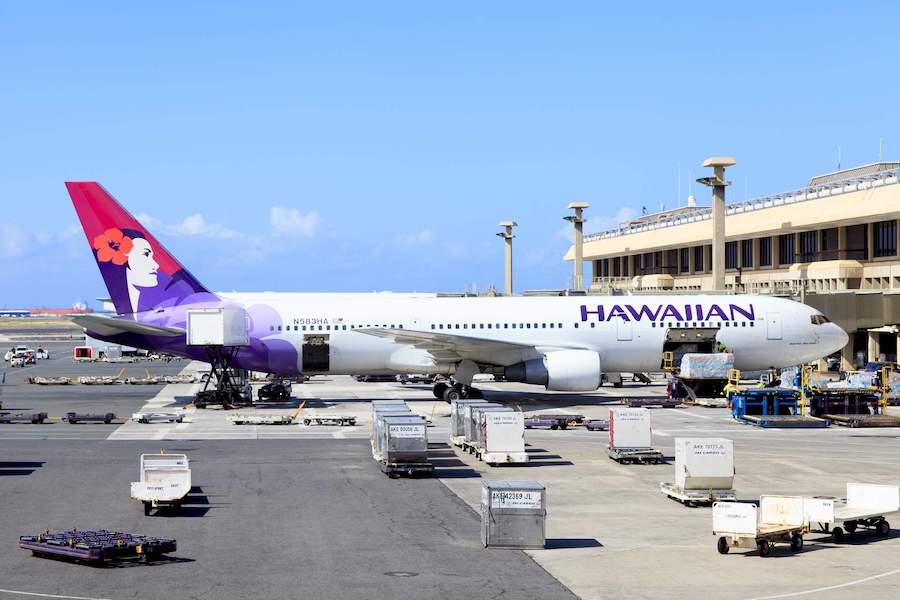
By Air
- Hilo International (ITO): On the northeast side, served by international and inter-island airlines
- Kona International (KOA): The primary airport, Kona is located on the island’s west and handles international and inter-island flights
By Sea
Major commercial seaports are Hilo on the east side and Kawaihae on the west side. Cruise ships stop at Kailua-Kona and Hilo.
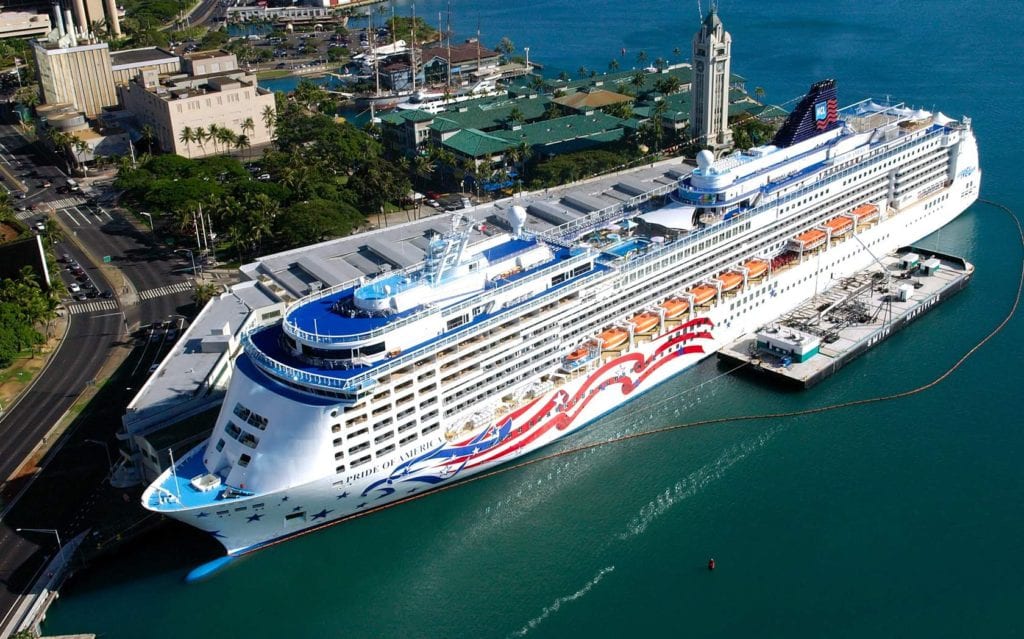
Getting Around the Big Island
Rental car offices are at both international airports. The Hele-On Bus provides island-wide bus service. The Big Island has 480 miles of paved road, including
- The Hawaii Belt Road, circling the island
- Two roads connecting the major cities: Hilo on the east coast and Kailua-Kona on the west
- The main highways of west Hawaii: Mamalahoa and Queen Kaahumanu.
- The Mamalahoa Highway connects Kailua-Kona with Waimea
- The Queen Kaahumanu is the coastal highway that visitors use between their hotels
Pro Tip: Visitors may hear about the Saddle Road between Mauna Loa and Mauna Kea, but be warned: some car rental companies prohibit their renters from driving the road because of its remoteness, altitude, and condition.
I recommend renting a car in Kona, exploring the coastal areas of Kona and Kohala, and driving to Hilo and Hawaii Volcanoes National Park for the second phase of your vacation, or vice versa. Be aware that car rental companies might assess a drop charge for cars rented on one side of the island and returned in another.
Accommodations
The Kohala Coast is hailed as Hawaii’s luxury paradise, with towns, resorts, beaches, and lava lands stretching along the coastline.
Pro Tip: Travelers wanting easy access to the resorts, best beaches, spas, or golf courses should consider a property north of the airport on the Kohala Coast.
If being close to shopping is the top of your list, finding a place in Kailua-Kona would be a good choice.
If your plans revolve around exploring the volcanoes, your best bet might be a small hotel or a B&B in the east.
The Volcano House – Visitor’s interested in Hawaii’s natural wonders might enjoy staying on the rim of the Kilauea Caldera at the Volcano House. It offers the only public accommodation and dining facility in Volcanoes National Park.
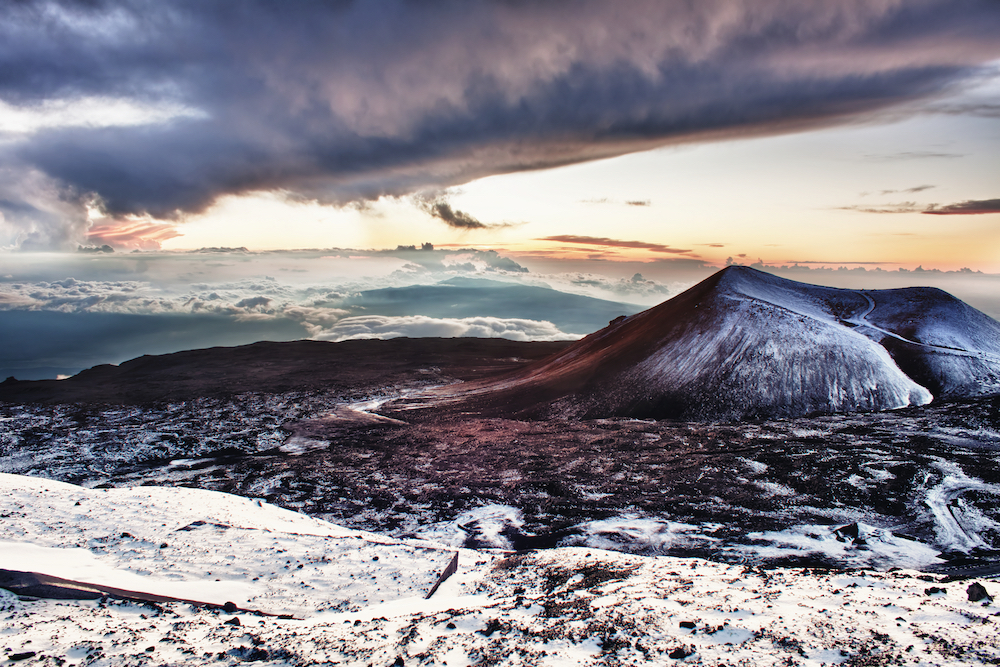
Attractions
The Big Island has a lot to offer: sacred historical sites, challenging golf courses, luxurious resorts and quaint towns.
East Coast
As with the other islands of the state of Hawaii, the west side of the Big Island is sunny and dry, while the east coast, particularly in and around Hilo, is as lush as can be, thanks to its abundant rainfall.
Volcanoes National Park is accessed from the east. Stretching from the ocean to the peaks of Mauna Loa, the park is a wonderland of steaming craters, lava tubes, and other amazing natural constructions.
Hilo
Hilo is the Big Island’s largest town and the state’s oldest seaport. Hilo retains its authentic Hawaiian flavor and is a convenient place to stay if you are planning a trip to Hawaii Volcanoes National Park and some of the world’s most extravagant natural attractions.
Hilo is home to the University of Hawaii at Hilo, the Imiloa Astronomy Center, and the Merrie Monarch Festival – a weeklong celebration of ancient and modern hula that takes place annually after Easter. Hilo is also home to the Mauna Loa Macadamia Nut Corporation, one of the world’s leading producers of macadamia nuts.
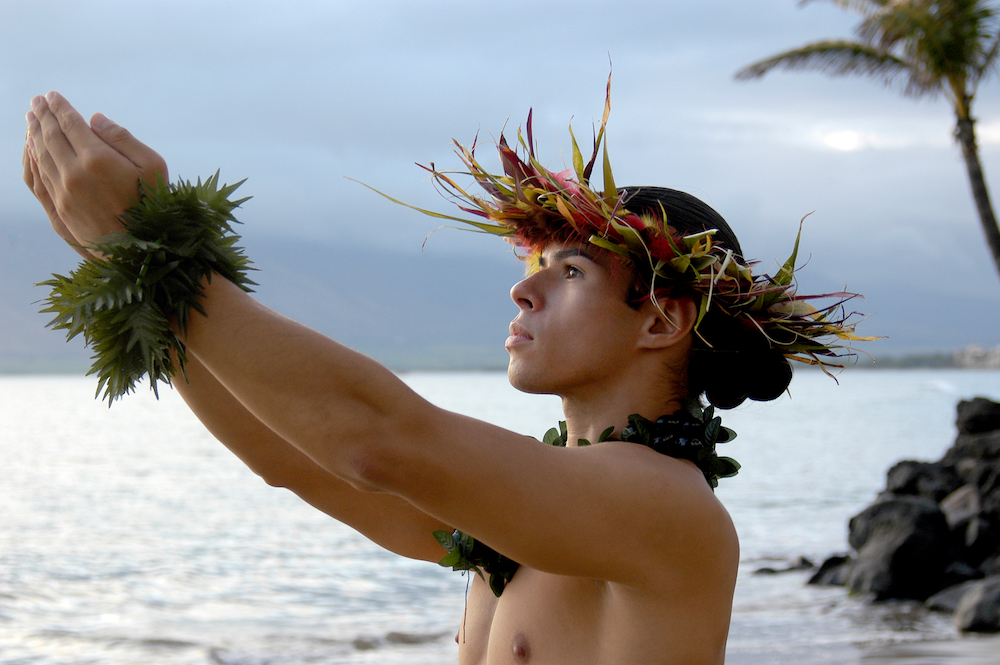
Pro Tip: Hilo is home to some of the finest hula dancers in the world and is the host of the annual Merrie Monarch Hula Festival every year.
Rooms in Hilo are inevitably sold out early, and the town is overflowing with lei, costumes, dancing, crafts, and spirited dancers from all over the world.
- The Lyman House Memorial Museum is located in the island’s oldest wood-frame house. On the National Register of Historic Places, the house was built around 1856 of hand-hewn koa (native hardwood) with a corrugated zinc roof. It was one of the island’s first houses to be built in the New England style of its missionary owners.
- The Imiloa Astronomy Center features interactive exhibits, including a walk through a koa forest and an IMAX-style presentation that makes viewers feel like they are flying through space.
- Hilo Farmers Market is held 6:30 AM to 2 PM every Wednesday and Saturday. Crowds gather to buy fresh herbs, coffee, anthuriums, proteas, orchids, baked goods, fruit, macadamia nuts, fish, and other harvests from the rich volcanic soil.
- Outside Town—the surrounding area outside of Hilo is known for its inspiring waterfalls. Rainbow Falls offers a quiet place to relax along the Wailuku River. In early morning and late-afternoon, visitors can view the effects of the sun in the mist and see in an instant why it is appropriately called Rainbow Falls.
- The Hawaii Tropical Botanical Garden features more than 1,600 species of trees and plants, hiking trails, and a water lily lake. Flower farms are Hilo’s trademarks. Locally grown, orchids and anthuriums are island specialties that travel well and can be shipped worldwide.
- Nani Mau Gardens near Hilo has a Hawaiian native garden, a botanical museum, and an orchid garden. The site can be toured by tram with a guide who offers information on the function of each native plant. Another botanical treasure is Liliuokalani Gardens, a Japanese-style garden named after Hawaii’s last reigning monarch.
- Puna District—East and south of Hilo is the Puna District and the little town of Pahoa (Hawaii’s ‘hippie capital’). One of its major attractions is Lava Tree State Monument. In 1790 lava passed through a forest of Ohia trees, and today the skeletons of these trees covered in moss are all that remain.
Other East Coast Attractions: Ka Lae (known as South Point), Green Sand Beach & Punaluu Black Sand Beach
Quick Fact: Hawaii Volcanoes National Park was founded in 1916. It includes land from the summit of Mauna Loa to the sea. The park is a World Heritage Site and a major tourist destination, attracting roughly 2.6 million visitors annually.
Hawaii Volcanoes National Park
Hawaii Volcanoes National Park—The drive to the park south of Hilo takes about forty-five minutes; from Kona, three hours. The Visitors Center is the place to get your bearings before tackling the hiking, bird watching, and lava viewing of the park. Rangers can tell you if and where an eruption is visible.
West Coast
The west coast is divided into South Kohala (the resort area) and North Kohala (ranch country). The sunny Kona District in South Kohala reaches for about sixty miles south from Kona International airport to beyond Kealakekua Bay on Hawaii’s lava-lined western coast.
Sun and white sand beaches along the Kona Coast delight visitors and locals alike. Kaunaoa Beach at the Mauna Kea Beach Hotel is as well known as the resort’s golf course. Just south of Kaunaoa, Hapuna Beach is also a world-wide favorite—a wide, long, white-to-gold-sand beach with facilities, attractive landscaping, and some of the island’s best bodyboarding waves. The beach is consistently rated as one of the world’s top ten best.
- Anaehoomalu Bay, located at the Waikoloa Resort, is a crescent-shaped bay edged with palms. It is situated next to fishponds that were reserved exclusively for Hawaiian royalty. Anaehoomalu Bay marks the boundary between North Kona and South Kohala and is a hub of beach activities with equipment rentals and instruction available in snorkeling, scuba diving, windsurfing, and a host of other water sports.
- Kailua-Kona: At the bottom of the Hualalai Volcano, south of the airport, Kailua-Kona is the west’s main city and the largest tourist stopover. Although the crowds in Kailua-Kona do not compare to those in Waikiki, be cautioned that this is not the place to come for quiet refuge.
- Kailua Bay, where cruise ships dock, is the hub of deep-sea fishing charters, and the marlin capital of the world.
Activities on the Big Island
- Camping at The Hawaii Volcanoes National Park
- Flightseeing by Helicopter
- Golf – the Big Island is known as the Golf Capital of Hawaii
- Hiking – guided and independent
- Horseback Riding
- Tennis
- Water Sports – Visitors can swim, surf, bodysurf, windsurf, sail, snorkel, scuba dive, kayak, fish, and power through sea caves on an inflatable boat
- Deep Sea Fishing
- The Dolphin Quest Hawaii Program at the Hilton Waikoloa Village Resort
- Weddings
- Ziplining
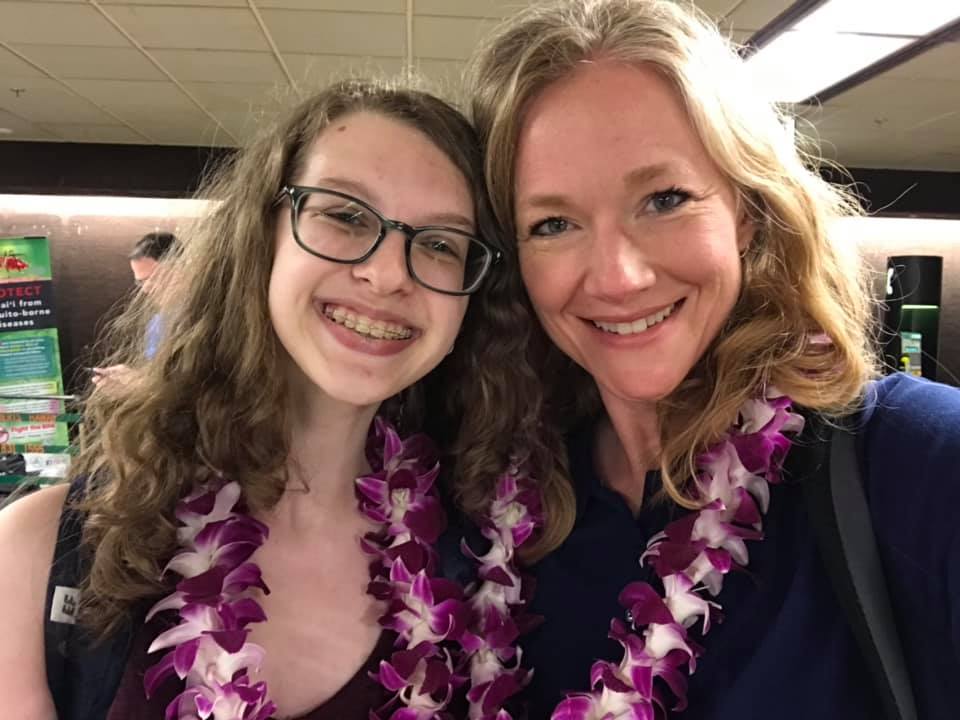
Kimberly Brownlee is trained and experienced in travel to Hawai’i.
Call or text 816.866.8883 or email Kimberly@NextAdventureVacations.com for more information
Related Pages:
animal kingdom Cancun Caribbean Disney Disney Cruise Line Disney Springs Disney Wish EPCOT Europe Fastpass fast passes Florence germany grandparents hawaii hollywood studios honolulu ireland Italy kansas city Magic Kingdom maui mediterranean Mexico missouri molokai Oahu packing tips planning restaurants Riviera Maya Romance Travel Rome Scotland teenagers travel tips travel with children travel with teens tropical vacation United Kingdom universal orlando Universal Resort Venice Walt Disney World Yucatan

